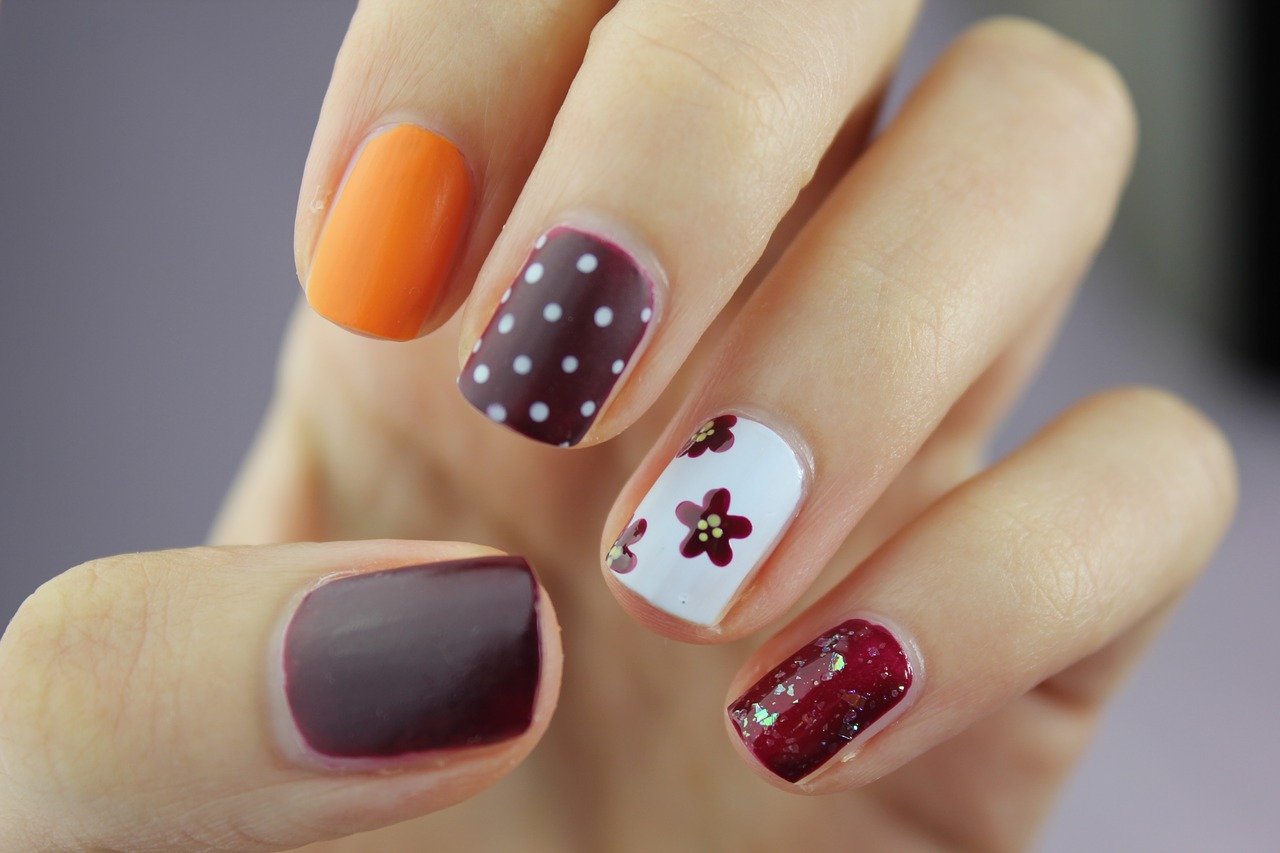5 Hearing Aids to Improve Your Listening
Hearing aid amplifiers are generally sufficient for most hearing-impaired people. But did you know that listening aids can greatly facilitate their hearing? Here are some of the most popular devices today.
Watch TV
In Europe, an average adult spends around 4 hours a day watching television. In the United States, this time is greater than 5 hours. If you love TV as much as you do and have a hearing aid, you may have trouble seeing TV, such as distortion. It can probably be effective for you to increase the volume, but it will not necessarily be appreciated by the people with whom you watch TV – and this does not always solve the problem.
That’s why we have developed a dedicated accessory for TV . These solutions improve the perceived sound quality by streaming it directly into your hearing aid, allowing you to adjust the volume in a personal way instead of doing it for all viewers in the room.
Some of these solutions require a choker, while recent streaming audio solutions can be directly connected to your hearing aid . This is an advantage for 78% of hearing aid users who have difficulty understanding the TV. Most hearing aids come with a remote control to adjust the volume; in most cases, you can do it with an application too.
To talk on the phone
The phone is ringing. You pick up, but to hear you need your hearing aid is in place. If you like to talk on the phone and have problems such as echo, be aware that there are many phones for the hearing impaired, such as amplified phones.
Other phones compatible with hearing aids have acoustic transmission or magnetic induction. The acoustic phone is a good choice if you have a mild hearing loss because it also allows you to hear the ambient noises. For people with severe hearing loss the sound environment makes it very difficult for a telephone conversation. In this case, a phone with voice coil is the best choice. This phone connects directly to your hearing aid so that the other person’s voice becomes paramount and not all the sounds around you.
You do not have a fixed line and you only use a smartphone, so there are also solutions for that.
To connect smartphones and tablets
We are more connected than ever. 36% of the world’s population are smartphone users and about 20% own a tablet.
It’s great because these units help us keep in touch and follow the events around us. They are also great for watching shows, listening to music or podcasts, anytime, anywhere.
Some newer hearing aids will allow you to connect to these accessories directly, so that the sound sources picked up are not affected by your environment. If you do not have one of these accessories, you can get other hands-free solutions to stream the sound from these wireless sources to your hearing instruments.
Hearing aids of very limited size are usually in the form of a loop around the neck . They capture the signal from the sound source and transmit it directly to your hearing aid without any gene. They work via Bluetooth. To make calls, you can also use clip-on microphones that allow you to simply talk in your smartphone. If you are not on the phone but have a conversation in real life, you can place the microphone near your caller.
To hear during events or in public
By presenting a hearing loss , it can be difficult to follow the action – or at least the dialogues – of a play, a film or a conference. The voice message you want to hear is very easily altered by the surrounding environment that your hearing aid also picks up.
You can then use a listening accessory that picks up the sound by magnetic induction and transfers it directly to your hearing aids. Today, many public places (churches, theaters and others) ensure that the sound is captured by induction devices (magnetic loops) to help you follow what is said, for you who wear a hearing aid .
For learning at school
Daycare centers and schools are particularly noisy. Even after the break as the class begins in the classroom, background noises, voices, and other annoying sounds can be detrimental to the teacher’s perception – or classmates.
Several manufacturers offer assistive listening systems to support children in a classroom setting . Solutions usually consist of a microphone for the teacher and an FM receiver at the child’s hearing aid.


